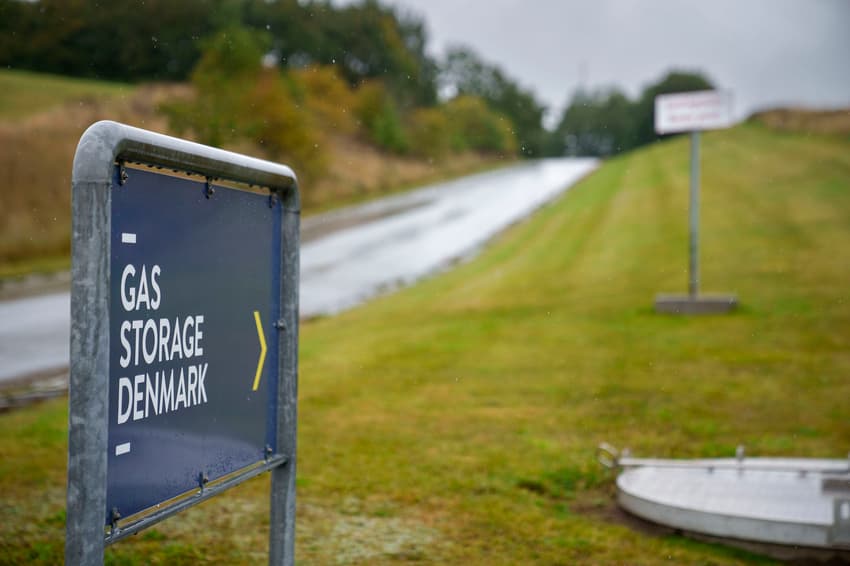Denmark reduces alert level for energy facilities

The Danish Energy Agency (Energistyrelsen) has asked national infrastructure operator Energinet to reduce its threat alert level from orange to yellow.
The change in alert level is based on an “overall impression of the threat situation”, the Energy Agency said in a statement.
Energinet is responsible for the overall operation of Denmark’s electricity and gas supply system.
At the end of September, the Energy Agency requested a higher alert level following explosions at the Nord Stream gas pipelines near Danish island Bornholm in the Baltic Sea.
Orange, the second-highest level, means that companies in the sector are to be alert to security at their facilities.
The higher alert level means that “the physical security of vital buildings and installations is checked,” Danish Energy Agency director Kristoffer Böttzauw told news wire Ritzau last month.
“You make sure that fences are intact, that security cameras are working and that there are regular patrols. And you limit access as much as possible,” he said.
At yellow level, “extraordinary contingencies” are reduced, but alert is still raised meaning increased surveillance is still in place.
The threat level rating by the energy authority is based on a range of parameters including assessments issued by national intelligence agency FE.
READ ALSO: Denmark’s energy infrastructure on alert after Nord Stream gas leakages
Comments
See Also
The change in alert level is based on an “overall impression of the threat situation”, the Energy Agency said in a statement.
Energinet is responsible for the overall operation of Denmark’s electricity and gas supply system.
At the end of September, the Energy Agency requested a higher alert level following explosions at the Nord Stream gas pipelines near Danish island Bornholm in the Baltic Sea.
Orange, the second-highest level, means that companies in the sector are to be alert to security at their facilities.
The higher alert level means that “the physical security of vital buildings and installations is checked,” Danish Energy Agency director Kristoffer Böttzauw told news wire Ritzau last month.
“You make sure that fences are intact, that security cameras are working and that there are regular patrols. And you limit access as much as possible,” he said.
At yellow level, “extraordinary contingencies” are reduced, but alert is still raised meaning increased surveillance is still in place.
The threat level rating by the energy authority is based on a range of parameters including assessments issued by national intelligence agency FE.
READ ALSO: Denmark’s energy infrastructure on alert after Nord Stream gas leakages
Join the conversation in our comments section below. Share your own views and experience and if you have a question or suggestion for our journalists then email us at [email protected].
Please keep comments civil, constructive and on topic – and make sure to read our terms of use before getting involved.
Please log in here to leave a comment.